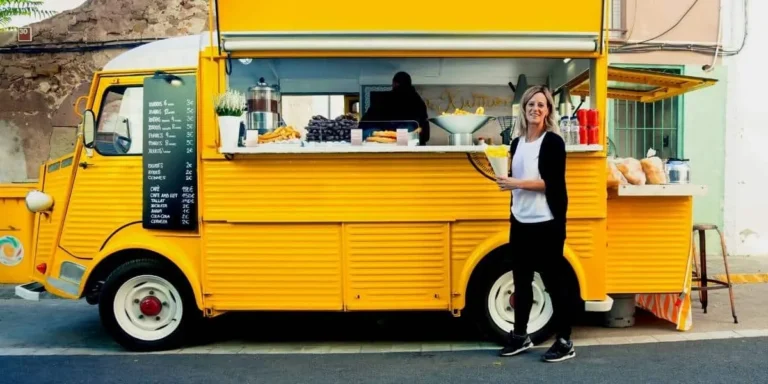Exploring Sustainable 3D Printing and Eco-Friendly Filaments
3D printing, with its promise of on-demand creation and reduced waste compared to traditional manufacturing, already holds a certain appeal for the environmentally conscious. But the materials we use – the 3D printer filaments – play a crucial role in determining the true sustainability of this technology. Let’s delve into the world of eco-friendly 3D printing and the innovative filaments paving the way for a greener future.
The Environmental Impact of Traditional Filaments
Many conventional 3D printer filaments, like ABS, are derived from petroleum-based resources and can contribute to plastic waste if not properly managed. The production and disposal of these materials can have environmental consequences, raising the question: can we 3D print more sustainably?
The Rise of Eco-Friendly 3D Printer Filaments
Fortunately, the 3D printing industry is witnessing a surge in the development and adoption of more sustainable filament options. These materials aim to minimize environmental impact through their sourcing, production, and end-of-life management.
Exploring Sustainable Filament Options
Here are some exciting examples of eco-friendly 3D printer filaments:
PLA (Polylactic Acid): A Bioplastic Champion
As we discussed before, PLA is derived from renewable resources like cornstarch or sugarcane, making it a bioplastic. Under industrial composting conditions, PLA can break down, offering a more sustainable end-of-life option compared to traditional plastics. While home composting can be slower and less reliable, PLA still represents a significant step towards greener printing.
Recycled Filaments: Giving Waste a New Life
Innovative companies are now producing filaments made from recycled plastics, such as PETG from water bottles or even recycled ABS. By utilizing post-consumer or post-industrial waste, these filaments help reduce landfill burden and conserve virgin resources. While color consistency and material properties might have slight variations, recycled filaments offer a compelling way to close the loop on plastic waste.
Wood-Filled Filaments: Bringing Nature to Your Prints
These filaments are typically a blend of PLA and wood fibers (like sawdust or bamboo). They offer a unique aesthetic and tactile experience while utilizing a renewable resource. The PLA component still provides some level of biodegradability under industrial composting conditions.
Other Bio-Based and Innovative Filaments
The innovation in sustainable filaments is constantly evolving. Researchers and manufacturers are exploring materials derived from algae, hemp, and other bio-based sources. These filaments often have unique properties and offer exciting possibilities for reducing our reliance on fossil fuels.
Tips for More Sustainable 3D Printing Practices
Beyond choosing the right filament, there are other ways to make your 3D printing practices more sustainable:
- Optimize Your Designs: Design parts efficiently to minimize material usage and print times.
- Reduce Support Structures: Employ design strategies to reduce the need for support material, which often ends up as waste.
- Proper Waste Disposal: Explore options for recycling failed prints or support material where possible. Some initiatives are emerging to collect and recycle 3D printing waste.
- Consider Energy Consumption: Choose energy-efficient 3D printers and optimize print settings to reduce power usage.
- Support Sustainable Filament Manufacturers: Opt for companies that prioritize eco-friendly sourcing and production practices.
Conclusion: Printing a Brighter, Greener Tomorrow
The journey towards truly sustainable 3D printing is ongoing, but the development and adoption of eco-friendly filaments mark a significant step forward. By making conscious choices about the materials we use and embracing responsible printing practices, we can harness the power of 3D printing while minimizing our environmental footprint and contributing to a more sustainable future.





